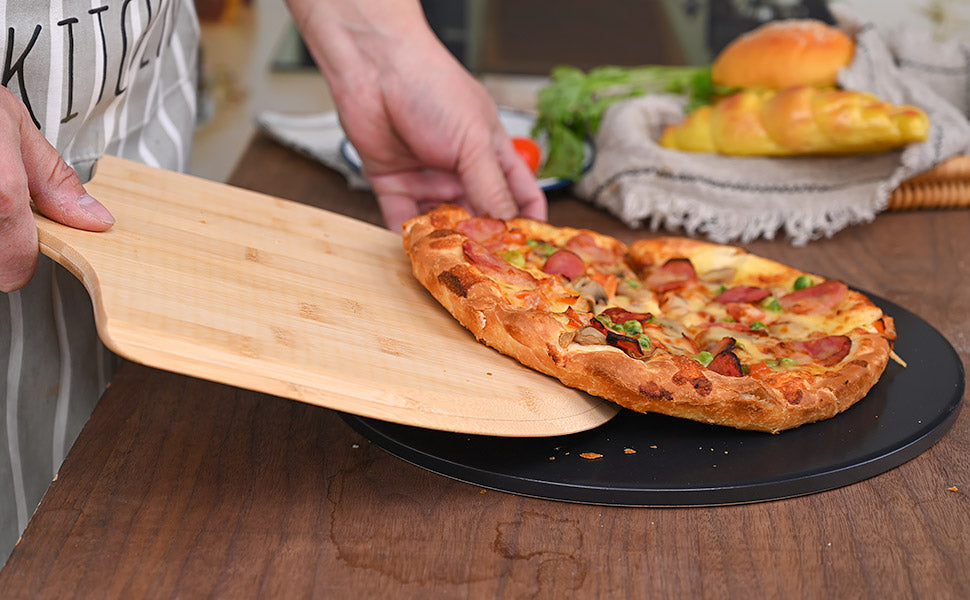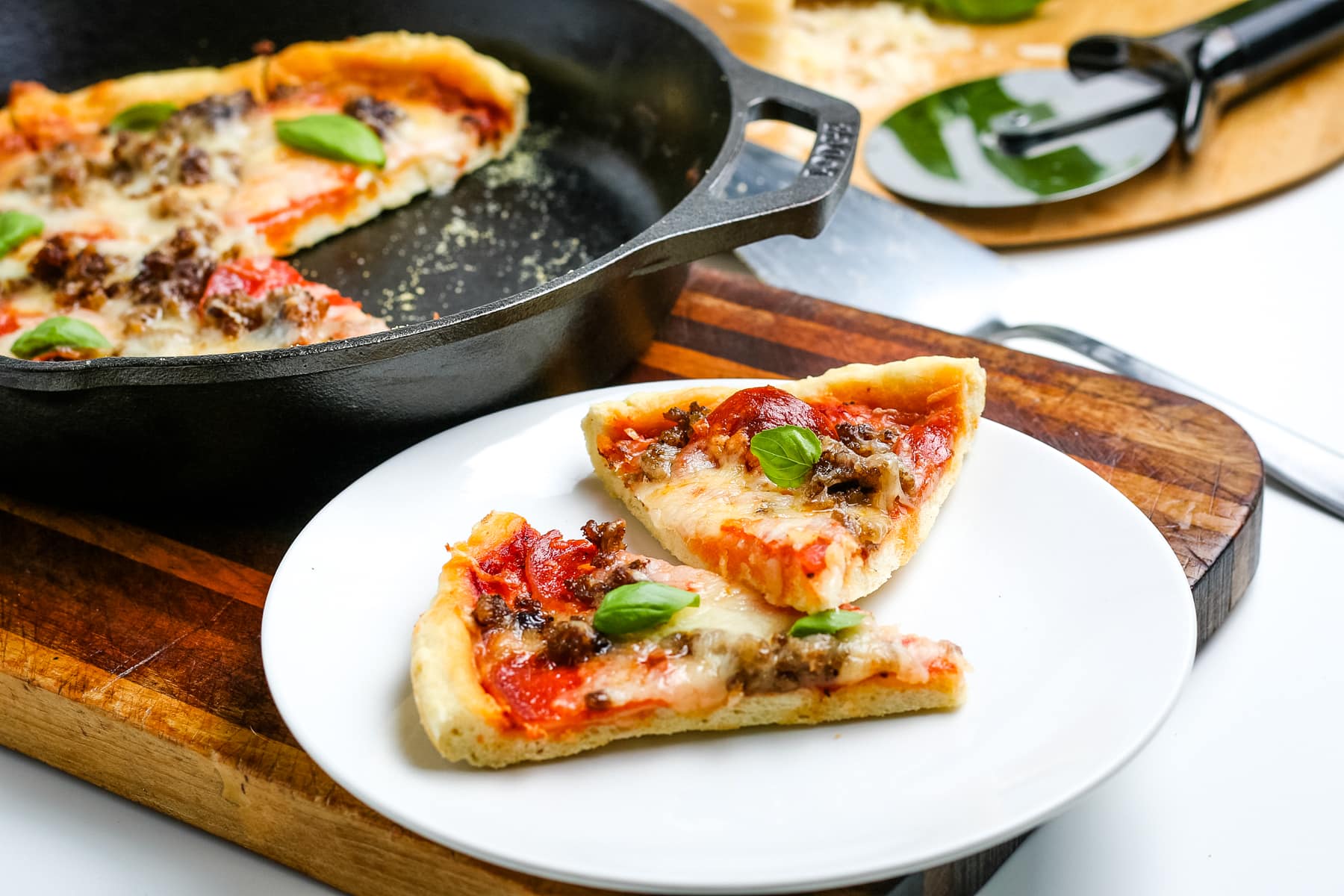If you're a culinary expert, you probably know the exasperating issue of pizza dough sticking to surfaces, which can hinder your ability to create the perfect pie. It's vital to ensure that your dough doesn't cling to every surface it encounters, as this is key not only for ease of handling but also for achieving that ideal pizza crust.
This comprehensive guide will explore the reasons behind this sticky dilemma and offer practical solutions designed for seasoned kitchen professionals. Grasping the science of dough consistency and how to control it is a critical skill.

Common Reasons for Sticky Pizza Dough
1. High Hydration
A high hydration level contributes significantly to sticky dough. This means you're using a larger ratio of water to flour, beneficial for achieving a softer crust, but it can also complicate dough handling. Finding the right hydration level while still maintaining the desired texture of the pizza is essential.
2. Insufficient Kneading
One of the main reasons for sticky dough is under-kneading. Effective kneading develops gluten, which gives the dough its shape and elasticity. Aim for a smooth, elastic dough that has a bit of bounce when pressed.
3. Wrong Flour Type
The flour you choose can dramatically affect your dough's texture. Bread flour, which has a higher protein content, helps create more gluten, resulting in a dough that is less sticky than all-purpose flour.
4. Environmental Factors
Temperature and humidity impact how your dough behaves. Elevated temperatures and humidity levels lead to increased stickiness. Adjusting your kitchen's environmental conditions can help resolve this issue.
How to Prevent Sticky Pizza Dough
1. Flour and Water Balance
Play around with the flour-to-water ratio. Gradually adding flour while kneading can help you achieve a dough consistency that's not overly sticky. Always add flour in small increments to prevent it from becoming too dry.
2. Master Kneading Techniques
Perfecting kneading techniques, such as the stretch and fold method or using a dough hook, can dramatically improve the dough's texture. Regularly check the dough's elasticity to avoid over-kneading.
3. Optimal Resting Conditions
After kneading, let the dough rest while covered at room temperature. This relaxation of gluten reduces stickiness, and for professional kitchens, maintaining consistent resting conditions is crucial for reliable outcomes.
4. Use a Baking Stone
A baking stone can elevate your pizza crust, minimizing the risk of sticking. For those in the kitchen industry, learning how to use this tool properly is crucial. Discover more about using baking stones.
Extra Tips for Kitchen Pros
Invest in Quality Equipment
Equipping yourself with high-quality tools like a metal dough scraper or wooden pizza peel can simplify the pizza-making process, particularly when transferring dough between surfaces.
Try Different Flour Varieties
As a culinary professional, experimenting with various flour types and blends can lead to better textures. Consider using 00 flour for a classic Italian dough, which tends to be finer and less sticky.
Control Your Kitchen Temperature
For consistent results, it's essential to maintain a steady kitchen temperature. Avoid overly warm or humid conditions, as these can contribute to the dough becoming sticky.
:max_bytes(150000):strip_icc()/pizza-stone-testing-winners-lodge-pre-seasoned-cast-iron-baking-pan-wdickey-3-07-4acd6ee95c134013907ffa659ffb212d.jpeg)
FAQ Section
Why does my dough stick to the pizza peel?
Make sure to adequately flour your peel before placing the dough to avoid sticking.
Can I add oil to decrease stickiness?
Absolutely, a small amount of oil can help, but be cautious as too much can change the dough's characteristics.
Does refrigeration affect dough stickiness?
Refrigerating the dough can help relax the gluten, making it less sticky and easier to manage after a brief rest at room temperature.
How can I clean a white cutting board?
Check out this comprehensive guide on cleaning cutting boards.
Whats the best way to clean my kitchen stove?
Learn effective methods for cleaning your stove to keep it in top shape.
How do I tell cast iron from steel?
Gain insight into the differences in this article about cast iron and steel.
This article contains affiliate links. We may earn a commission at no extra cost to you.






Leave a comment
This site is protected by hCaptcha and the hCaptcha Privacy Policy and Terms of Service apply.